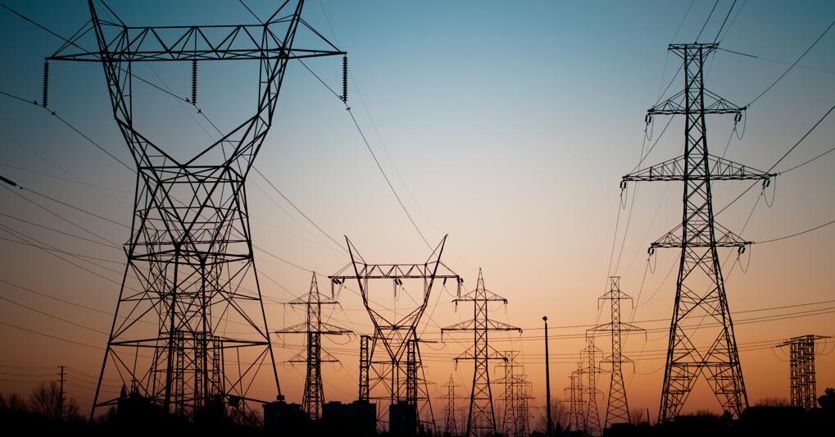A study by University College Dublin (UCD) has calculated what the savings in terms of energy costs would be if the electricity distribution network in Europe were modernized and, above all, restructured not taking into account national borders but acting in a pan-European logic. The savings could reach 32% compared to a scenario in which the current choices are continued.
The problem of energy costs is in fact not only linked to production costs, but also to storage and distribution costs. And this will happen even more with the passing of the years, and with the conversion of current production systems to those based on renewables, which almost all – just think of solar panels and wind turbines – cannot guarantee a constant flow of energy in the weather. Not to mention that the energy needs constantly change according to the hours, days and seasons.
To intervene not only in production, but also in distribution
According to the study, the transmission system currently used in Europe is not suitable for supporting the energy future of our continent. Without accelerated investments in infrastructure, Europe will not be able to reduce emissions and meet the decarbonisation targets that should be achieved by the middle of the century, and this will not only undermine international climate efforts. , but it will negatively affect our continent’s economies and ability to compete on a global scale.
A pan-European “power grid” model
The study proposes a modern energy distribution model (in English “power grid”), which uses the latest technologies available and is no longer based on a national scale, but a pan-European one, based on a concrete proposal: that of Supernode, a specialized company in the design of energy distribution networks. Investments are proposed in the development of new transmission resources to ensure a more efficient use of the continent’s renewable resources, and some bottlenecks are highlighted that make further investments necessary to reach higher levels of the storage capacity of the continental electricity grid.
Professor Andrew Keane, of the UCD School of Electrical & Electronic Engineering and director of the UCD Energy Institute, who led the study, said:
‘The existing transmission system is not fit for purpose for Europe’s energy future. The shortcomings of the current transmission system have been known for years but are tolerated. The imperative to “keep the lights on” and the requirements of the energy transition make it clear that a more advanced approach to energy transmission is needed. “
